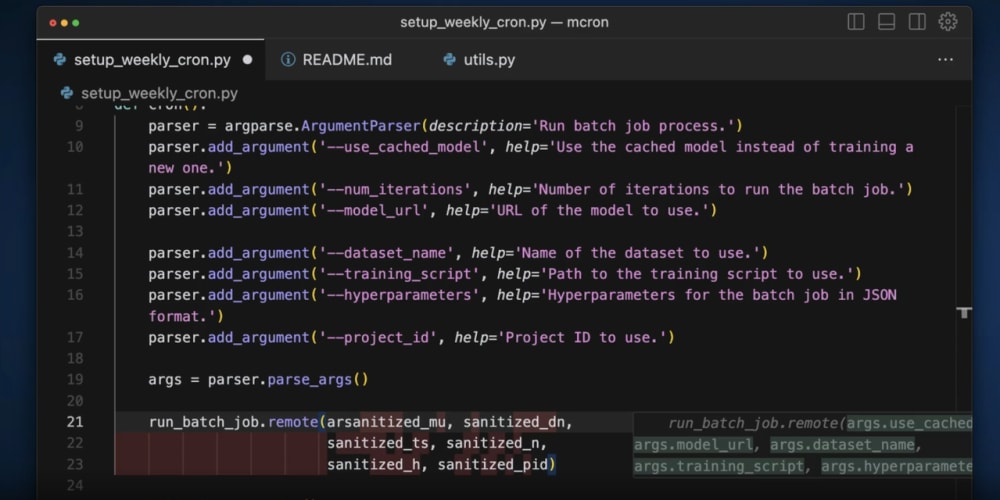In Spring Batch, the chunk() size and fetchSize in the JdbcPagingItemReader serve different purposes. Here's how they interact and what happens when one is larger than the other:
1. chunk() Size (Chunk-Oriented Processing)
- The
chunk()size defines the number of items that will be processed (read, processed, and written) in a single transaction. - When the chunk size is reached, Spring Batch will commit the transaction, and a new chunk begins.
2. fetchSize (Database Fetch Size)
- The
fetchSizecontrols the number of rows retrieved from the database in one query execution (or one "fetch" from the database cursor). - It is a performance optimization that helps reduce the number of database round-trips, especially for large datasets.
Relationship Between fetchSize and chunk() Size
-
If
chunk()size >fetchSize:- Spring Batch will fetch data from the database in smaller batches (based on the
fetchSize) but will still process and commit data in larger chunks. - For example, if
fetchSize = 100andchunk() = 200, Spring Batch will first fetch 100 records, then another 100, and process all 200 records in a single chunk before committing. - There will be more database round-trips compared to a scenario where
fetchSizeequals or exceedschunk()size.
- Spring Batch will fetch data from the database in smaller batches (based on the
-
If
fetchSize > chunk()size:- Spring Batch will fetch more records than it needs for one chunk, but it will only process the chunk size before committing the transaction.
- For example, if
fetchSize = 500andchunk() = 200, Spring Batch will fetch 500 records from the database but only process 200 before committing. The remaining 300 will stay in memory for the next chunks. - This can be more efficient in terms of reducing database round-trips but may consume more memory because the remaining records will be kept in memory until processed.
Ideal Configuration
-
Match
chunk()size andfetchSizeif possible: This ensures that Spring Batch fetches exactly the number of records needed for each chunk, minimizing round-trips while avoiding excessive memory usage. -
Adjust based on database and memory constraints:
- If your database can handle large fetch sizes without performance degradation, you can set a higher
fetchSizethanchunk()size. - If memory consumption is a concern, setting
fetchSizeequal to or lower thanchunk()size ensures that only the necessary records are held in memory at any time.
- If your database can handle large fetch sizes without performance degradation, you can set a higher
Scenarios
- Chunk Size > Fetch Size Example:
stepBuilderFactory.get("userEmailStep")
.<User, Email>chunk(500) // Process 500 records per chunk (per transaction)
.reader(userReader()) // Fetch 200 records at a time from the database
.processor(emailProcessor())
.writer(emailWriter())
.build();
- Fetches 200 records from the database.
- Processes the first 200, then fetches another 200, and so on until 500 records are processed in the current chunk.
- The transaction is committed after processing the chunk of 500 records.
- Fetch Size > Chunk Size Example:
JdbcPagingItemReader<User> reader = new JdbcPagingItemReader<>();
reader.setFetchSize(1000); // Fetch 1000 records from the database
- Fetches 1000 records from the database.
- Processes 500 records at a time (assuming
chunk(500)), and the remaining 500 records are stored in memory for the next chunk. - This reduces the number of database fetches but increases memory usage.
Summary
-
If
chunk()size is larger thanfetchSize, it leads to multiple database fetches to process one chunk. -
If
fetchSizeis larger thanchunk()size, the fetched data will stay in memory until fully processed, reducing database fetches but consuming more memory.


















